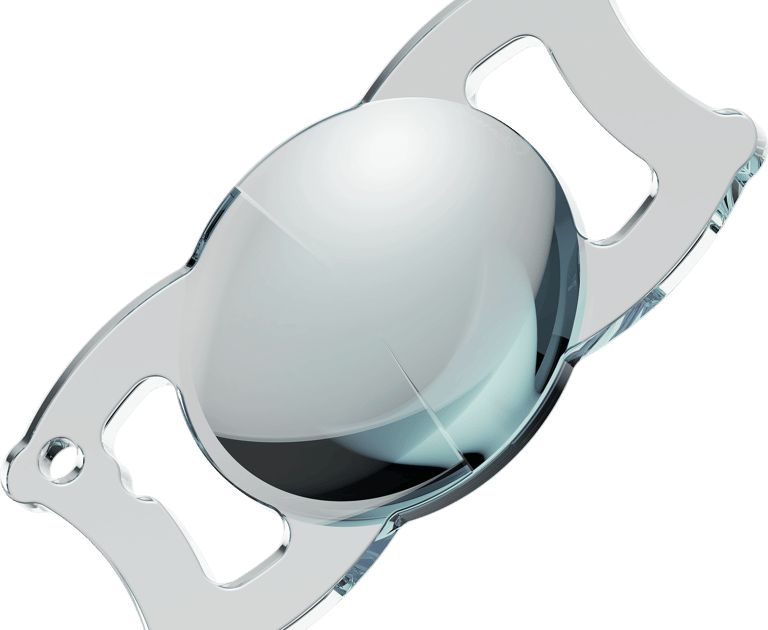Call (714) 879-0020 to Schedule a Consultation
Clearview 3
The Lenstec ClearView 3 is a multifocal intraocular lens (IOL) designed to provide clear vision at near, intermediate, and far distances for patients with cataracts and presbyopia. It's a refractive, rotationally asymmetric lens, meaning the top and bottom portions have different optical properties. Unlike some other multifocal lenses, it doesn't rely on diffractive optics, aiming to minimize visual disturbances like halos and glare. According to Lenstec, Inc., it features tight tolerances and a +3 D Add segment for consistent near vision.
Key features of the ClearView 3 lens:
Multifocal design: Provides vision correction at near, intermediate, and far distances.
Refractive and rotationally asymmetric: Different optical properties on the top and bottom of the lens.
No concentric rings: Unlike some other multifocal lenses, it doesn't use diffractive optics, which can cause visual disturbances.
Precise manufacturing: Features tight tolerances and 0.25 diopter power increments.
Bifocal-like design: The lens is constructed like a bifocal eyeglass lens, with a different power at the top and bottom, according to a surgeon review on YouTube.
FDA approved: The FDA approved the ClearView 3 in July 2022.
Potential benefits:
Reduced dependence on glasses:
Many patients experience freedom from glasses for various tasks.
Improved contrast sensitivity:
Lenstec reports that patient feedback has been excellent regarding color recognition and contrast sensitivity.
Reduced visual disturbances:
The design aims to minimize halos, glare, and other common issues associated with traditional multifocal lenses.
Good long-term visual outcomes:
The lens is designed for excellent long-term visual outcomes across the full range of vision.
Considerations:
Pupil size: The lens is not recommended for patients with small pupils (less than 3mm).
Not for severe nearsightedness: A forum discussion notes that it is not ideal for patients with severe nearsightedness.
Requires perfect positioning: Sensitive to lens decentration, which can cause double vision.
A-
A-
Intermediate
Far


B+
Near
A-
Day Light Performance
A-
Low Contrast Performance
B+
Dysphotopsia Profile
